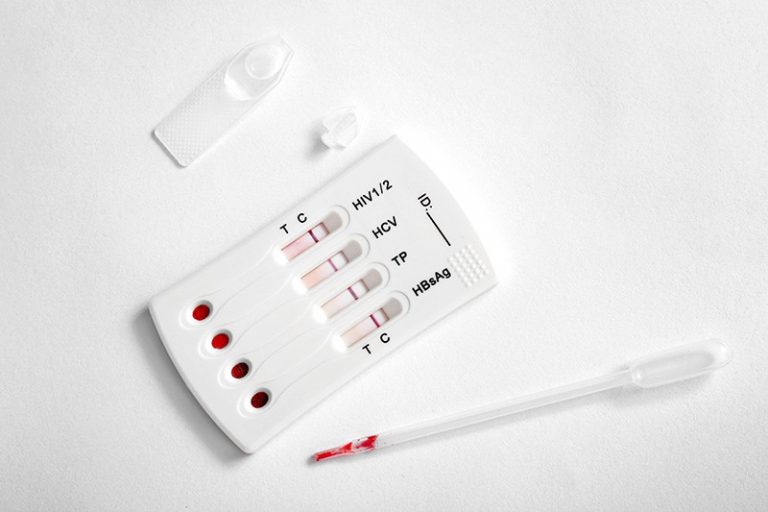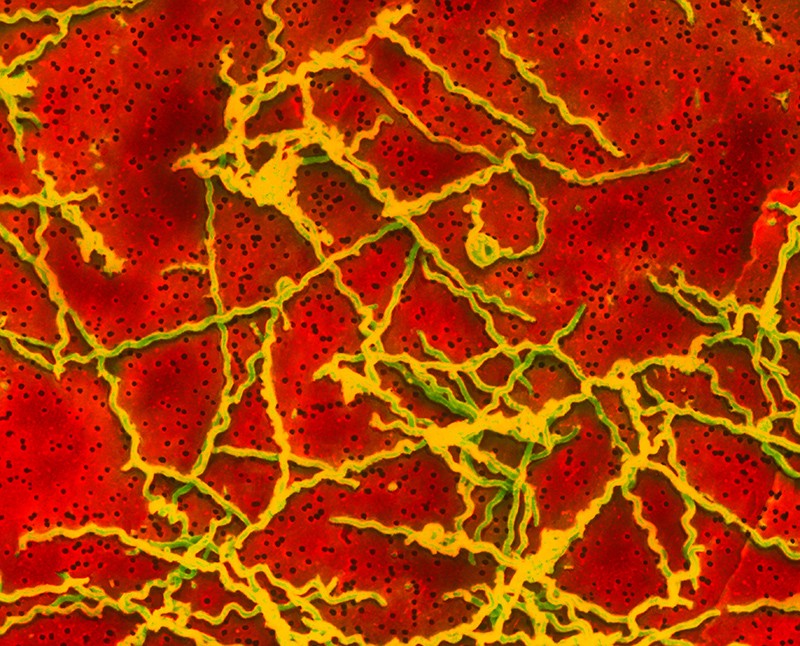
With cases of sexually transmitted infections growing, researchers hope self-tests — made popular by the pandemic — could stem the tide.
Carrie Arnold
Global cases of sexually transmitted infections (STIs) have been on the rise in some countries. Even the COVID-19 pandemic — which locked down life in many ways — hasn’t halted the trend. In April, the US Centers for Disease Control and Prevention reported that the first year of the pandemic saw 133,945 cases of syphilis, a 52% increase since 2016 (see ‘Resurgence’).
And this is probably an underestimate, the CDC says, given that health-care clinics had to limit in-person visits at the start of the pandemic, and STI surveillance programs found their resources shifted elsewhere. The situation sparked a push for at-home tests for syphilis and other STIs.
Encouraged by the popularity of at-home tests for COVID-19, self-testing has been embraced by many, including policymakers and people in marginalized populations. In January, a California law went into effect that requires private health insurers to cover the cost of at-home STI testing. Supporters say that self-testing has the benefit of allowing individuals to collect samples in the privacy of their homes, free from any stigma that might be associated with attending clinics, and that it allows people from all backgrounds and income levels to test frequently.
But the shift could also have trade-offs — some of them similar to those experienced for COVID-19, cautions Shweta Patel, a gynaecologist at the University of Alabama at Birmingham. With at-home tests, people do not receive the counselling that comes with in-person testing, and public-health departments might lose valuable statistics. Users must report their own results, and perform their own contact tracing to inform others that they might be in need of testing, Patel says, and this doesn’t always happen.
Still, during the pandemic, self-testing for COVID-19 proved to be useful, says Natalie Cramer, deputy executive director of programs at the National Alliance of State and Territorial AIDS Directors in Washington DC. She adds that it’s past time for a similar approach to be taken for STIs including syphilis and HIV. “I think we’ve all become more comfortable self-testing with COVID,” Cramer says. “It’s opened up both a need and a comfort level that folks have around it.”

Anatomy of a pathogen
For around half a millennium, syphilis has been one of the most widely recognized — and feared — STIs. It spurred the development of the first drug dubbed a magic bullet (salvarsan, an arsenic-based compound, in 1910) and, since the advent of penicillin three decades later, has largely been considered curable. With proper condom use, disease transmission can be reduced to near zero. Left untreated, however, the disease can prove deadly, causing severe neurological issues, especially if transmitted at or before birth.
Detecting the disease, which is caused by the corkscrew-shaped bacterium Treponema pallidum, is easy enough, says Deborah Williamson, a microbiologist at the University of Melbourne in Australia, who has spent several decades studying syphilis. At a clinic, a health-care worker usually takes a blood sample and runs an assay to look for antibodies against the bacterial family that includes T. pallidum. If this assay is positive, the clinician runs further tests on the original sample to zero in on a diagnosis.
Only a small subset of tests, which require swabs of open sores or other regions of the body, actually look for the bacterium itself, whether searching for it under a microscope or identifying bits of its DNA or protein. Regardless of the method, however, if a person tests positive, treatment requires a physician’s prescription, Patel says.
(Click here for complete report)
__________________
Courtesy: Nature